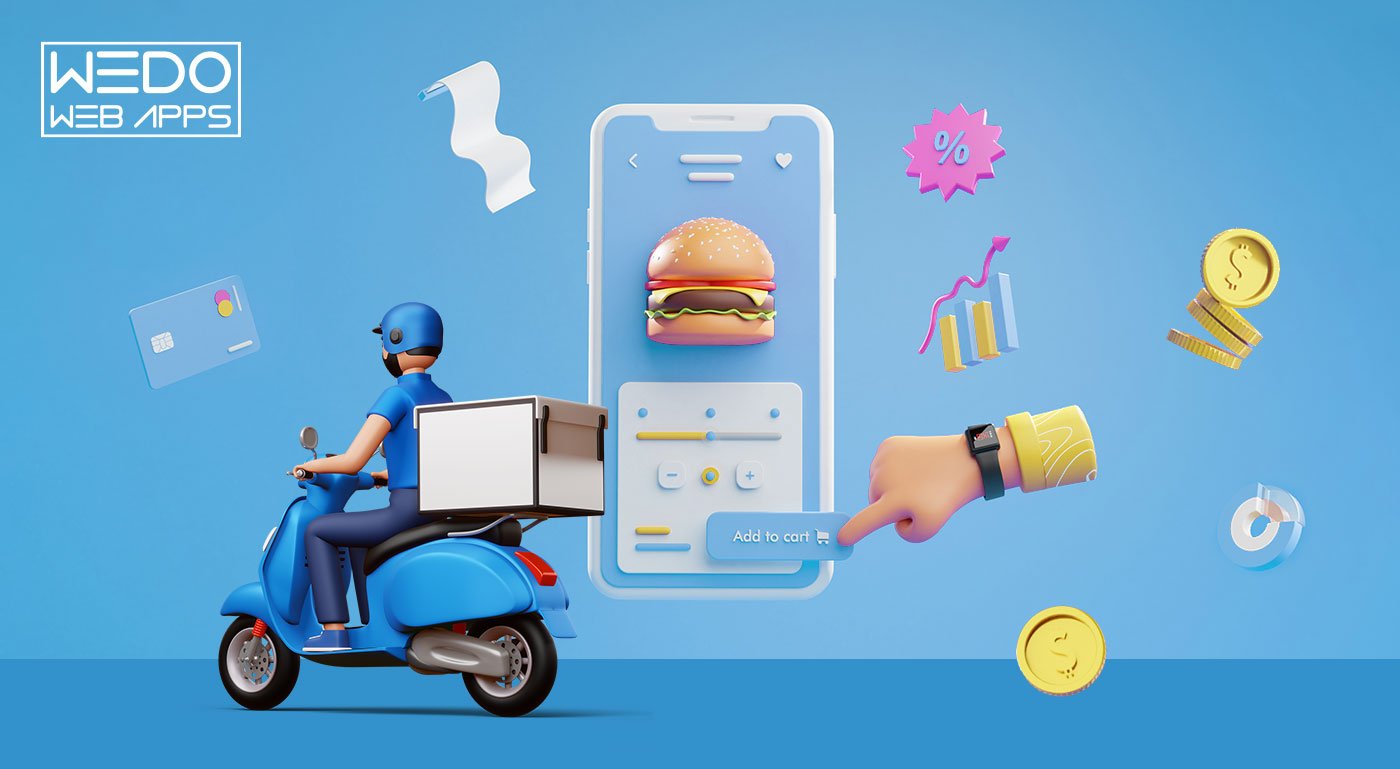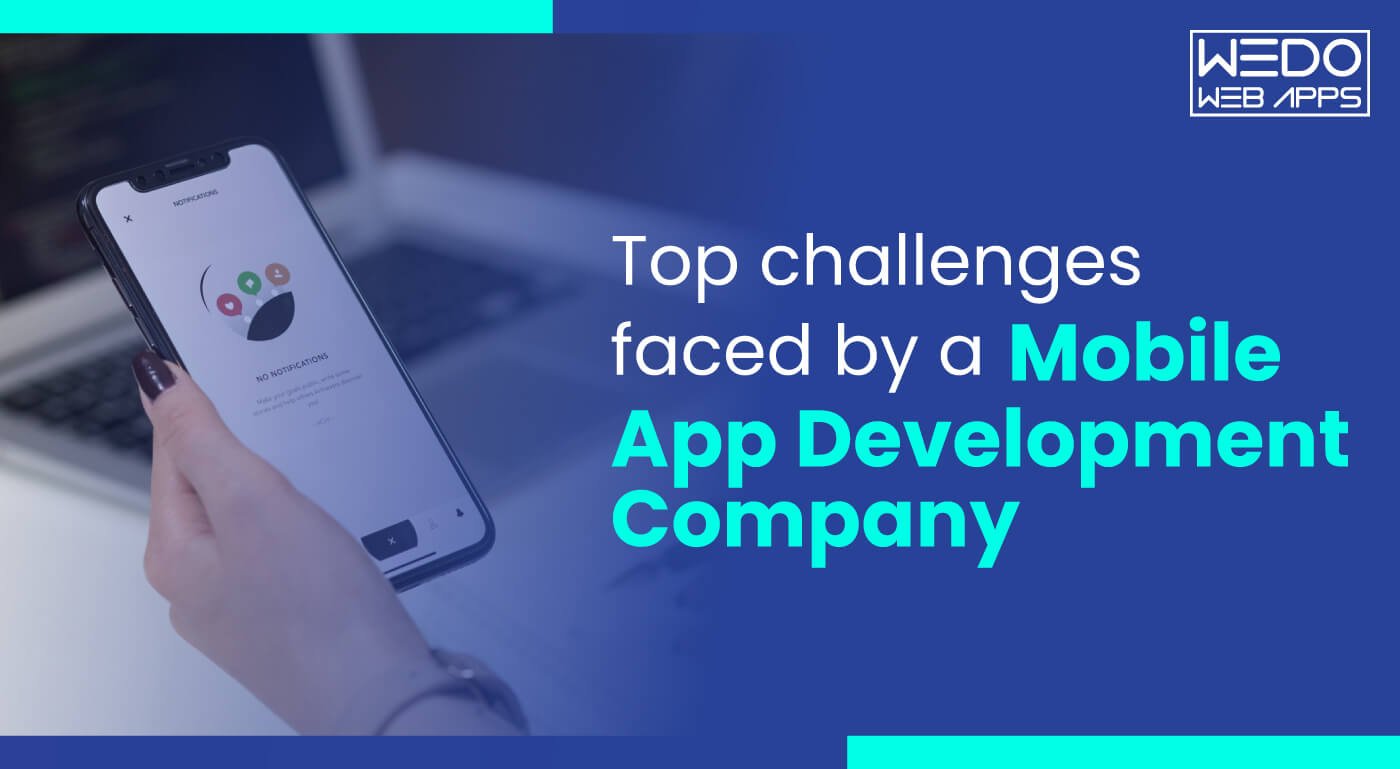The restaurant industry has seen an unprecedented surge of growth in recent years. With the advent of on-demand food delivery services, restaurants have been able to expand their reach to customers beyond their local area. However, it can be difficult to decide which delivery platform to use when trying to grow your business. In this blog post, we’ll take a look at three leading on-demand food delivery platforms and how they can help you achieve success in the restaurant industry. We’ll discuss the features and benefits of each platform, and provide tips on how to make the most out of the platform to maximize your success.
How on-demand food delivery platforms are transforming the restaurant industry
The restaurant industry is rapidly changing, and on-demand food delivery platforms are playing a major role in this transformation. On-demand food delivery apps have revolutionized the way restaurants can do business, providing them with unprecedented access to a much larger, more diverse customer base. By leveraging the convenience, scalability, and cost-effectiveness of on-demand food delivery platforms, restaurants can reach new audiences and boost their profits.
One of the key benefits of on-demand food delivery platforms is the ability to reduce costs. By eliminating the need for traditional delivery services, restaurants can significantly cut down on labor and overhead costs. Furthermore, by automating the process, restaurants can reduce the amount of time spent on tasks such as order taking and tracking, allowing them to increase efficiency and reduce costs even further.
In addition to cost savings, on-demand food delivery platforms also provide restaurants with the ability to scale up their operations quickly and easily. With the right platform, restaurants can quickly adjust their menus and pricing to meet customer demand. This helps restaurants stay competitive and maximize their profits.
Finally, on-demand food delivery platforms make it easier for restaurants to track customer data and analyze trends. This allows them to gain valuable insights into customer preferences, allowing them to make informed decisions about menu offerings and marketing strategies.
Ultimately, on-demand food delivery platforms are transforming the restaurant industry, providing restaurants with unprecedented access to customers and enabling them to achieve success. By leveraging the convenience, scalability, and cost-effectiveness of the right on-demand food delivery platform, restaurants can reduce costs, increase efficiency, and maximize profits.
Overview of the three leading on-demand food delivery platforms
The restaurant industry has seen a major shift in the way customers order food, and on-demand food delivery platforms have become increasingly popular. With the rise of delivery apps, restaurants now have the opportunity to reach a larger customer base, increase convenience, and save on costs. However, with so many different food delivery platforms available, it can be difficult to choose the right one for your business.
From Grubhub to Postmates to DoorDash, there are three major on-demand food delivery platforms that are leading the industry. Each platform provides its own unique set of features and benefits that restaurants should consider when making a decision. To help you decide which platform is best for your business, let’s take a look at the features and benefits of each of the top three on-demand food delivery platforms.
Grubhub is a leading on-demand food delivery platform that allows restaurants to reach a larger customer base and increase their sales. Grubhub offers restaurants a suite of features, including an integrated payment system, order tracking, and analytics. Restaurants can also leverage data from the platform to improve customer experience, identify areas of improvement, and discover new opportunities.
Postmates is another popular on-demand food delivery platform that offers several benefits to restaurants, including a wide range of delivery options, order tracking, and advanced analytics. Postmates also offers restaurants a suite of marketing tools, such as targeted ads, loyalty programs, and discounts.
Finally, there’s DoorDash, which is a great option for restaurants looking to increase their customer reach and boost their sales. DoorDash provides restaurants with a comprehensive suite of features, including an integrated payment system, order tracking, and analytics. What’s more, DoorDash also offers restaurants marketing tools, such as targeted ads and social media integration.
Choosing the right on-demand food delivery platform for your restaurant can be a daunting task, but it’s essential for achieving success in the restaurant industry. To ensure a successful deployment of the platform, restaurants should focus on implementing strategies such as training staff, engaging customers, and evaluating performance. With the right platform in place, restaurants can unlock the full potential of their business and experience long-term success.
Benefits of using on-demand food delivery platforms for restaurants
The restaurant industry is rapidly changing and evolving, and one of the most significant shifts has been the rise of on-demand food delivery platforms. These platforms are helping restaurants reach new customers, streamline their delivery processes, and gain a competitive edge in the market. Here are a few of the key benefits of using on-demand food delivery platforms for restaurants:
Increased Visibility and Reach:
On-demand food delivery platforms provide restaurants with increased visibility and reach. Restaurants can reach new customers and expand their customer base by making their services more accessible and convenient. Whether a customer is ordering from their home, office, or on the go, these platforms make it easy for them to get their favorite meals.
Convenience and Flexibility for Customers:
On-demand food delivery platforms provide convenience and flexibility to customers. From ordering and paying for their meals to tracking the status of their delivery, customers can control their experience from start to finish. This helps them feel more in control of their dining experience and makes it more likely that they will return to a restaurant in the future.
Easy to Track and Measure Success:
On-demand food delivery platforms also provide restaurants with an easy way to track and measure the success of their delivery service. Restaurants can monitor customer feedback, measure the performance of their delivery staff, and track customer orders in real time. This helps them identify areas of improvement and make adjustments to ensure customer satisfaction.
Improved Customer Loyalty and Satisfaction:
Finally, using on-demand food delivery platforms can help restaurants improve customer loyalty and satisfaction. Customers appreciate the convenience and flexibility that come with using these platforms, and they are more likely to become repeat customers. Additionally, restaurants can use these platforms to offer loyalty programs, discounts, and other special offers to their customers, which helps to further increase customer loyalty.
As you can see, on-demand food delivery platforms offer many benefits to restaurants. From increased visibility and reach to improved customer loyalty and satisfaction, these platforms can help restaurants achieve success in the restaurant industry.
Tips for success when using on-demand food delivery platforms
As the restaurant industry continues to evolve, on-demand food delivery platforms have become increasingly popular as a way to reach more customers and grow sales. However, successfully leveraging these platforms to achieve success in the restaurant industry requires strategic planning and a comprehensive understanding of the services each platform offers. Here are some tips to help you get the most out of your on-demand food delivery experience:
- Understand the value proposition of each platform: Each on-demand food delivery platform has its own unique set of benefits for restaurant owners and customers. By understanding the differences between the various platforms, you can tailor your approach to meet the needs of your customers and maximize your business’s potential.
- Develop a comprehensive pricing strategy: Developing a pricing strategy that is both competitive and attractive to customers is essential to ensure your business is profitable. Make sure to do your research to understand the pricing strategies of your competitors, and adjust your prices accordingly
- Optimize your online presence: Maximize your online presence with engaging content, targeted advertising, and an active social media presence. This will help you reach potential customers and increase the visibility of your restaurant.
- Utilize customer feedback: Customer feedback is a valuable tool for improving your restaurant’s offerings and customer experience. Monitor customer feedback and use it to make changes and adjustments that will help you better serve your customers.
By following these tips, you can ensure that you are taking full advantage of the on-demand food delivery platforms available to you and putting your restaurant on the path to success.
Conclusion – The future of the restaurant industry with on-demand food delivery
The future of the restaurant industry is undeniably linked to the emergence of on-demand food delivery platforms. With the ever-increasing demand for convenience-driven services, these platforms offer a great way for restaurants to reach new customers and increase their sales.
Restaurants must carefully consider which platform best suits their needs and the needs of their customers. By finding the right platform, restaurants can stay competitive in the industry and take advantage of the benefits that on-demand food delivery platforms offer.
Strategic approaches such as offering discounts to customers, providing detailed information about dishes on the menu, and leveraging data-driven insights to understand customer preferences are essential for achieving success in the restaurant industry.
In the end, the future of the restaurant industry is dependent on the successful adoption of on-demand food delivery platforms. By leveraging the right platform and focusing on strategic customer-centric approaches, restaurants can stay competitive and achieve success in the restaurant industry.
The restaurant industry has been transformed by the advances of on-demand food delivery platforms. Whether you are an independent eatery or a chain restaurant, these platforms provide a unique opportunity to reach a larger customer base and increase sales. From GrubHub to Doordash, these three leading on-demand food delivery platforms provide the necessary tools and features to help restaurants achieve success. With the right marketing strategies and a commitment to customer service, restaurants have the capability to reach new heights with the help of on-demand food delivery platforms.




